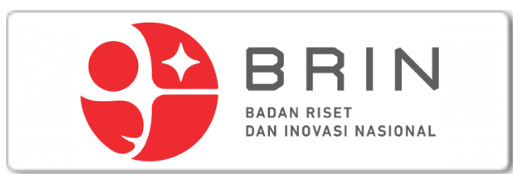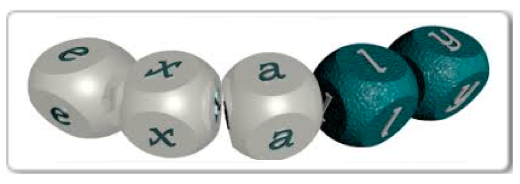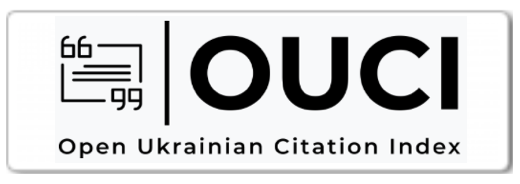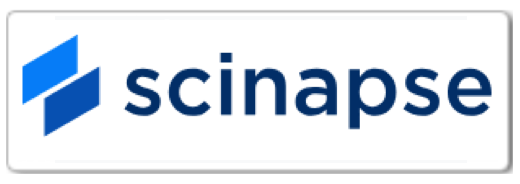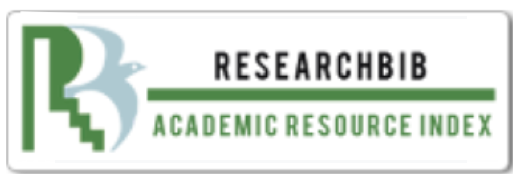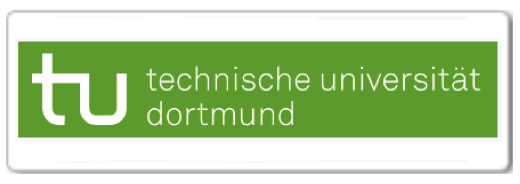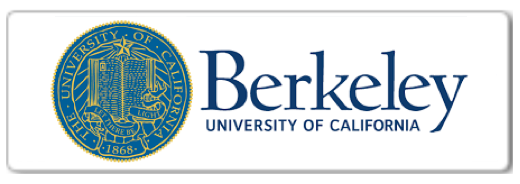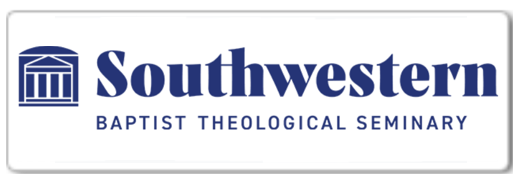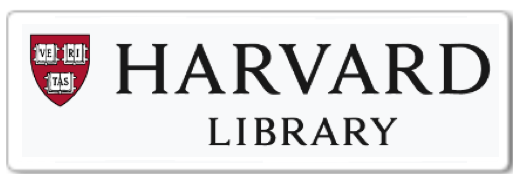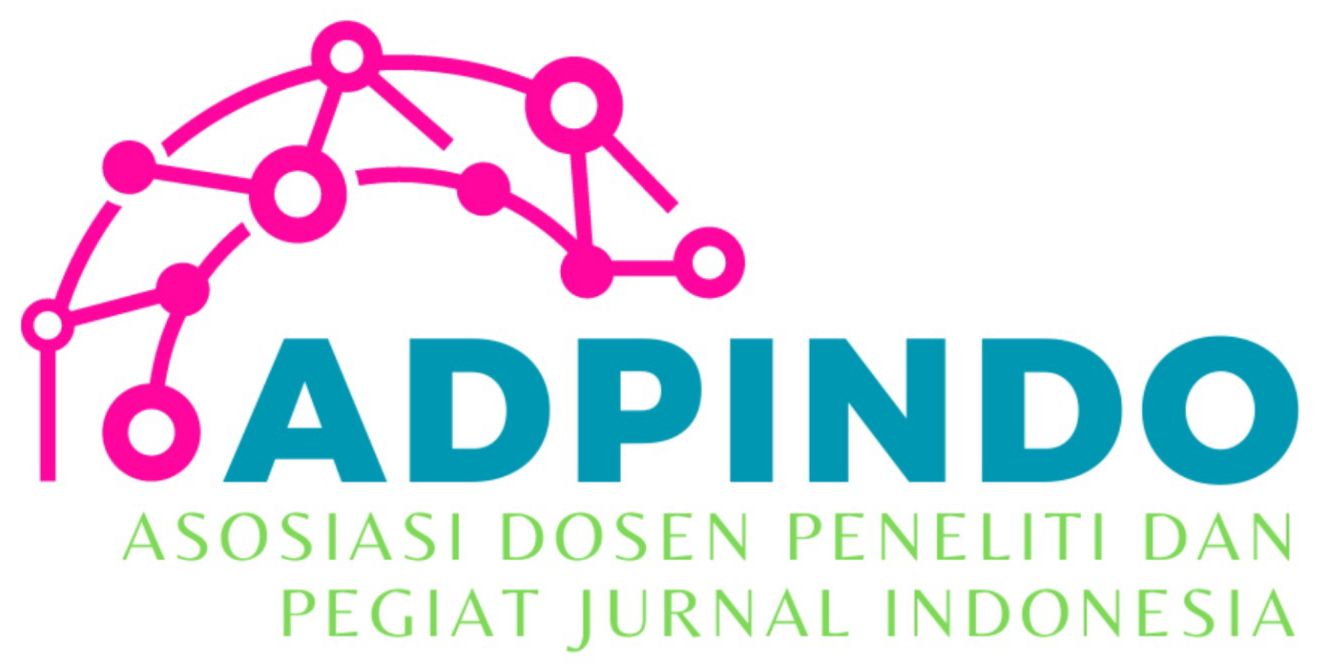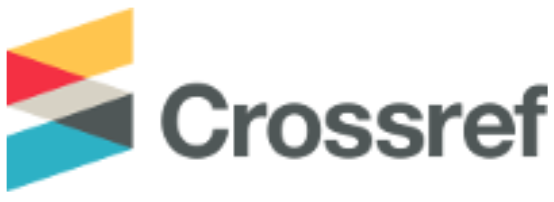THE IMPACT OF TRADING VOLUME ACTIVITY AND EARNINGS QUALITY ON STOCK RETURN VOLATILITY: DOES MEDIA EXPOSURE PLAY A ROLE?
Main Article Content
Isnayni Sabila
Bambang Sutopo
The purpose of this study is to investigate the relationship between the volatility of stock returns, trading volume activity and earnings quality, using media exposure as a moderating factor. This research is based on consumer cyclicals sector companies listed on the Indonesian stock exchange during the 2020-2022 period. Panel data regression is used to measure the relationship between trading volume activity, earnings quality, media exposure, and stock return volatility. Empirical findings from this study support that positive earnings quality can reduce stock return volatility. However, for trading volume activity, the interaction between media and trading volume activity, as well as the interaction between earnings quality and trading volume activity proved to have no effect. This study provides new insights into the role of trading volume activity, earnings quality, and media on stock return volatility. Previous research especially often ignores factors external to the firm such as the influence of media exposure. Therefore, this study explores the role of media interactions on stock return volatility.
Aboody, D., Hughes, J. and Liu, J. (2005), “Earnings quality, insider trading, and cost of capital”, Journal of Accounting Research, December, https://doi.org/10.1111/j.1475-679X.2005.00185.x.
Badruzaman, J. (2020), “The Impact of Earnings Per Share And Return On Equity On Stock Price”, Systematic Reviews in Pharmacy, Vol. 11, https://doi.org/10.1111/j.1468-5957.
Baron, R.M. and Kenny, D.A. (1986), The Moderator-Mediator Variable Distinction in Social Psychological Research: Conceptual, Strategic, and Statistical Considerations, Vol. 51, Psychological Association, Inc.
Boonvorachote, T. and Lakmas, K. (2016), “Price volatility, trading volume, and market depth in Asian commodity futures exchanges”, Kasetsart Journal of Social Sciences, Kasetsart University, Vol. 37 No. 1, pp. 53–58, https://doi.org/10.1016/j.kjss.2016.01.004.
Bravo, F. (2016), “Forward-looking disclosure and corporate reputation as mechanisms to reduce stock return volatility”, Revista de Contabilidad-Spanish Accounting Review, Elsevier Ltd, Vol. 19 No. 1, pp. 122–131, https://doi.org/10.1016/j.rcsar.2015.03.001.
Brigham, E.F. and Houston, J.F. (2011), Essentials of Financial Management, Salemba Empat, Jakarta.
Chiang, C.H., Chung, S.G. and Louis, H. (2017), “Insider trading, stock return volatility, and the option market’s pricing of the information content of insider trading”, Journal of Banking and Finance, Elsevier B.V., Vol. 76, pp. 65–73, https://doi.org/10.1016/j.jbankfin.2016.11.027.
Chuang, W.I., Liu, H.H. and Susmel, R. (2012), “The bivariate GARCH approach to investigating the relation between stock returns, trading volume, and return volatility”, Global Finance Journal, Vol. 23 No. 1, pp. 1–15, https://doi.org/10.1016/j.gfj.2012.01.001.
Connelly, B.L., Certo, S.T., Ireland, R.D. and Reutzel, C.R. (2011), “Signaling theory: A review and assessment”, Journal of Management, January, https://doi.org/10.1177/0149206310388419.
Cosset, J.C., Somé, H.Y. and Valéry, P. (2016), “Credible reforms and stock return volatility: Evidence from privatization”, Journal of Banking and Finance, Elsevier B.V., Vol. 72, pp. 99–120, https://doi.org/10.1016/j.jbankfin.2016.07.004.
Elfira, P., Sari, P., Ayu, G., Rencana, K., Dewi, S., Ekonomi, J. and Akuntansi, D. (2021), Analisis Perbandingan Trading Volume Activity Dan Abnormal Return Saham Idx30 Sebelum Dan Sesudah Pengumuman Covid-19 Sebagai Pandemi Oleh World Health Organization, Jurnal Ilmiah Mahasiswa Akuntansi) Universitas Pendidikan Ganesha, Vol. 12.
Fernández-Gámez, M.A., Gil-Corral, A.M. and Galán-Valdivieso, F. (2016), “Corporate reputation and market value: Evidence with generalized regression neural networks”, Expert Systems with Applications, Elsevier Ltd, Vol. 46, pp. 69–76, https://doi.org/10.1016/j.eswa.2015.10.028.
Field, A. (2009), Discovering Statistics Using SPSS, 3rd ed., Sage Publishers, London. Gissel, J.L., Giacomino, D. and Akers, M.D. (2005), Earnings Quality: It’ s Time to Measure and Report, Permalink. Reprinted from The CPA Journal, Vol. 75.
Gu, C. and Kurov, A. (2020), “Informational role of social media: Evidence from Twitter sentiment”, Journal of Banking and Finance, Elsevier B.V., Vol. 121, https://doi.org/10.1016/j.jbankfin.2020.105969.
Helm, S. (2007), “The Role of Corporate Reputation in Determining Investor Satisfaction and Loyalty”, Corporate Reputation Review, Palgrave Macmillan Ltd., Vol. 10 No. 1, pp. 22–37, https://doi.org/10.1057/palgrave.crr.1550036.
Ikizlerli, Deniz. 2022. “The Relation Between Trading Volume and Return Volatility: Evidence from Borsa Istanbul.” Business and Economics Research Journal, October. https://doi.org/10.20409/berj.2022.392.
Iqbal, H. and Riaz, T. (2023), The Empirical Relationship Between Stocks Returns, Trading Volume And Volatility: Evidence From Stock Market Of United Kingdom.
Jogiyanto, H. (2017), Teori Portofolio Dan Analisis Investasi, BPFE, Yogyakarta. Karolyi, G.A. and Karolyi, A. (2001), Why Stock Return Volatility Really Matters. Khajavi, S. and Nazemi, A. (2011), “The Relationship Between Quality of Earnings and
Karolyi, G Andrew, and Andrew Karolyi. 2001. “Why Stock Return Volatility Really Matters.”
Khajavi, Shokrollah, and Amin Nazemi. 2011. “The Relationship Between Quality of Earningsand Market-Based Variables in Tehran Stock Exchange (TSE): The Role of Accrual Accounting.” SSRN Electronic Journal, December. https://doi.org/10.2139/ssrn.944168.
Koubaa, Yosra, and Skander Slim. 2019. “The Relationship between Trading Activity and Stock Market Volatility: Does the Volume Threshold Matter?” Economic Modelling 82 (November): 168–84. https://doi.org/10.1016/j.econmod.2019.01.003.
Lee, Dong Wook, and Mark H. Liu. 2011. “Does More Information in Stock Price Lead to Greater or Smaller Idiosyncratic Return Volatility?” Journal of Banking and Finance 35 (6): 1563–80. https://doi.org/10.1016/j.jbankfin.2010.11.002.
Lin, Yongjia, Yizhi Wang, and Xiaoqing (Maggie) Fu. 2022. “Margin Purchases, Short Sales and Stock Return Volatility in China: Evidence from the COVID-19 Outbreak.” Finance Research Letters 46 (May). https://doi.org/10.1016/j.frl.2021.102351.
Market-Based Variables in Tehran Stock Exchange (TSE): The Role of Accrual Accounting”, SSRN Electronic Journal, Elsevier BV, https://doi.org/10.2139/ssrn.944168.
Mitra, Ranjan Kumar. 2016. “The Association between Earnings Quality and Firm- Specific Return Volatility Evidence from Japan.” Review of Accounting and Finance 15 (3): 294–316. https://doi.org/10.1108/RAF-08-2015-0100.
Naik, P.K., Gupta, R. and Padhi, P. (2018), “The Relationship between Stock Market Volatility and Trading Volume: Evidence from South Africa”, The Journal of Developing Areas, Johns Hopkins University Press, Vol. 52 No. 1, pp. 99–114, https://doi.org/10.1353/jda.2018.0007.
Naufa, Ahmad Maulin, I. Wayan Nuka Lantara, and Wee Yeap Lau. 2019. “The Impact of Foreign Ownership on Return Volatility, Volume, and Stock Risks: Evidence from ASEAN Countries.” Economic Analysis and Policy 64 (December): 221–35. https://doi.org/10.1016/j.eap.2019.09.002.
Ngene, Geoffrey M., and Ann Nduati Mungai. 2022. “Stock Returns, Trading Volume, and Volatility: The Case of African Stock Markets.” International Review of Financial Analysis 82 (July). https://doi.org/10.1016/j.irfa.2022.102176.
Panda, Ajaya Kumar, Pradiptarathi Panda, Swagatika Nanda, and Atul Parad. 2021. “Information Bias and Its Spillover Effect on Return Volatility: A Study on Stock Marketsin the Asia-Pacific Region.” Pacific Basin Finance Journal 69 (October). https://doi.org/10.1016/j.pacfin.2021.101653.
Penman, Stephen H, and Xiao-Jun Zhang. 1999. “Accounting Conservatism, the Quality of Earnings, and Stock Returns.”
Rajgopal, Shiva, and Mohan Venkatachalam. 2011. “Financial Reporting Quality and Idiosyncratic Return Volatility.” Journal of Accounting and Economics 51 (1–2): 1–20. https://doi.org/10.1016/j.jacceco.2010.06.001.
Roberts, P.W. and Dowling, G.R. (2002), “Corporate Reputation And Sustained Superior Financial Performance”, Strategic Management Journal.
Roberts, Peter W, and Grahame R Dowling. 2002. “Media exposure And Sustained Superior Financial Performance.” Strategic Management Journal.
Scott, W.R. (1997), Financial Accounting Theory, Prentice Hall.
Serrat, Olivier. 2011. “Managing Media exposure Libraries of the Future View Project Leading in Organizations View Project.” https://www.researchgate.net/publication/254582908.
Shefrin, H. and Belotti, M.L. (2001), Do Investors Expect Higher Returns from Safer Stocks than from Riskier Stocks? Editorial Commentary for Journal of Psychology and Financial Markets.
Spence, M. (1973), “Job Market Signalling”, The Quarterly Journal of Economics, Vol. 87, pp. 355–374.
Srivastava, A. (2014), Why Have Measures of Earnings Quality Changed over Time? Vo, X.V. (2015), “Foreign ownership and stock return volatility - Evidence from Vietnam”, Journal of Multinational Financial Management, Elsevier B.V., Vol. 30, pp. 101–109, https://doi.org/10.1016/j.mulfin.2015.03.004.
















